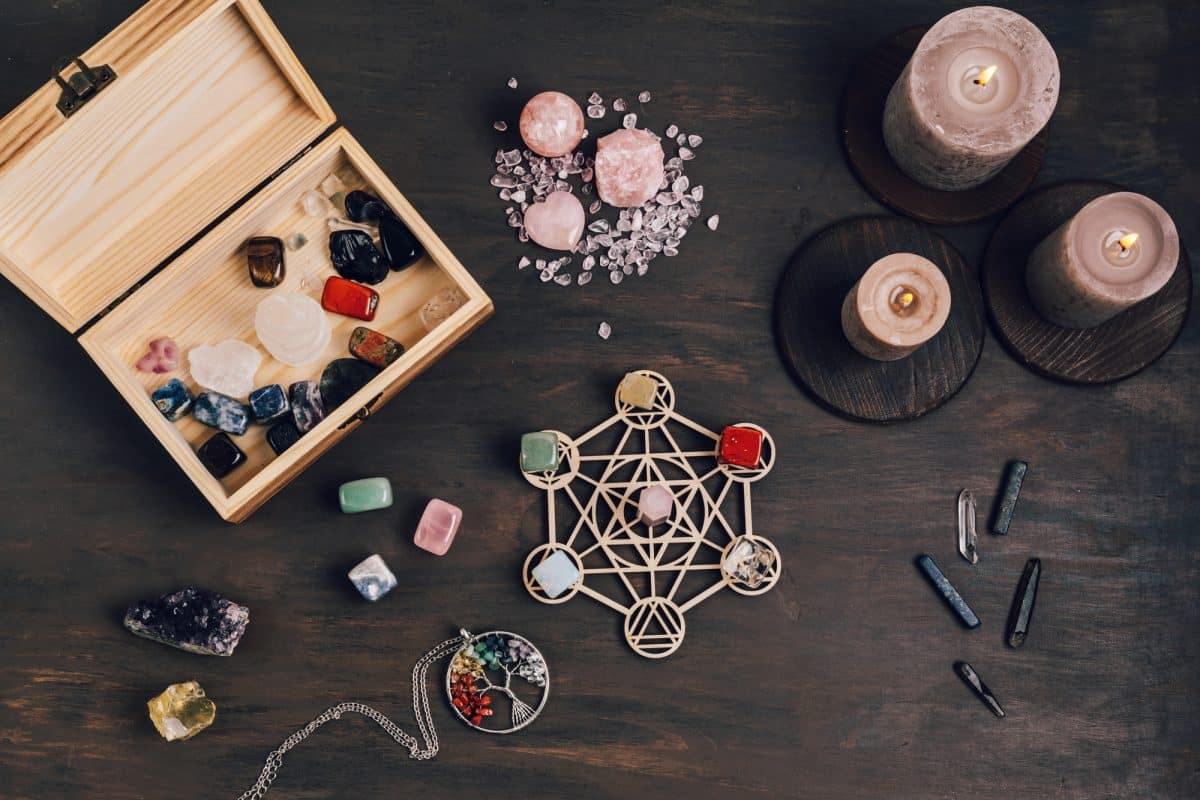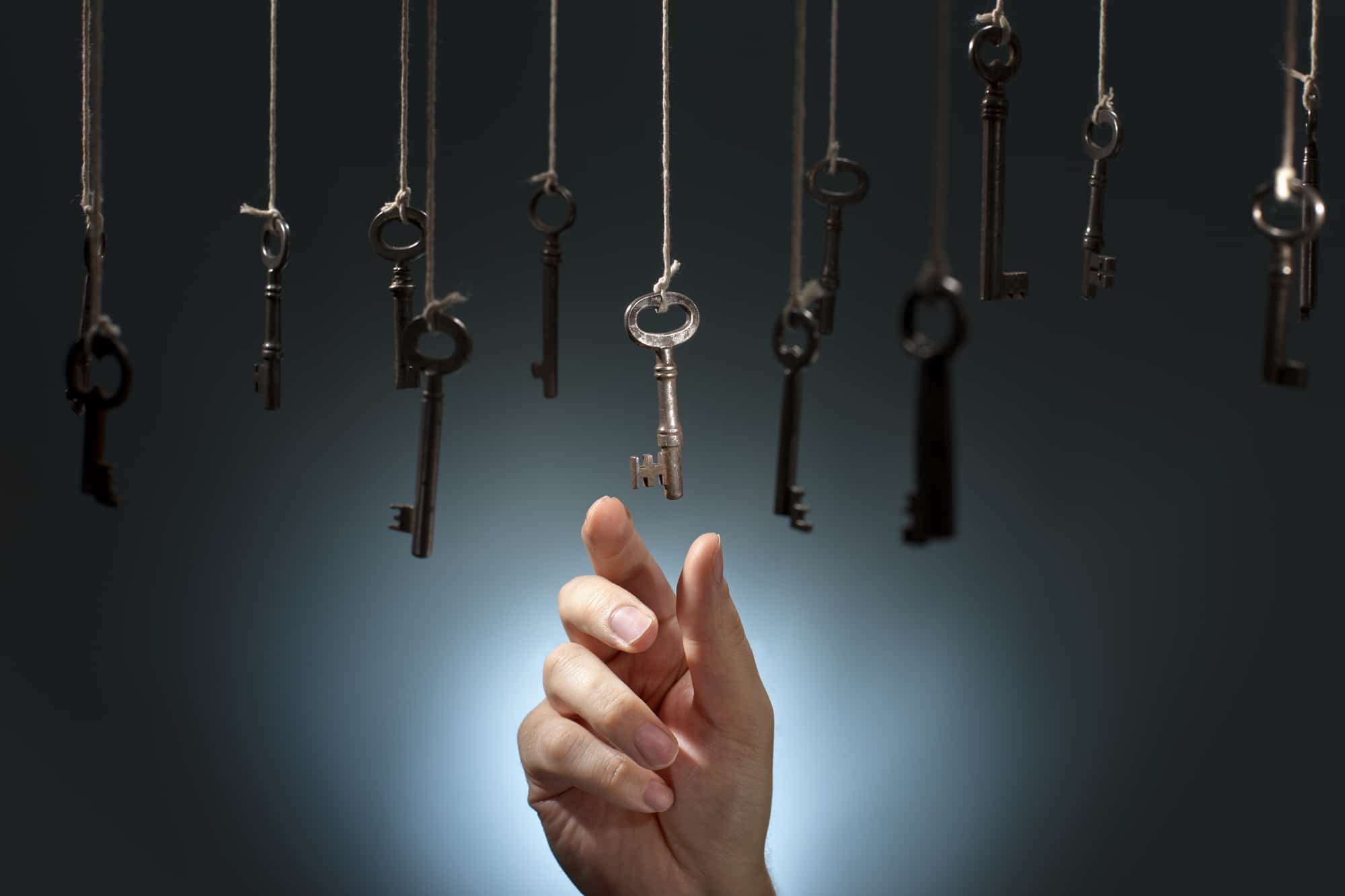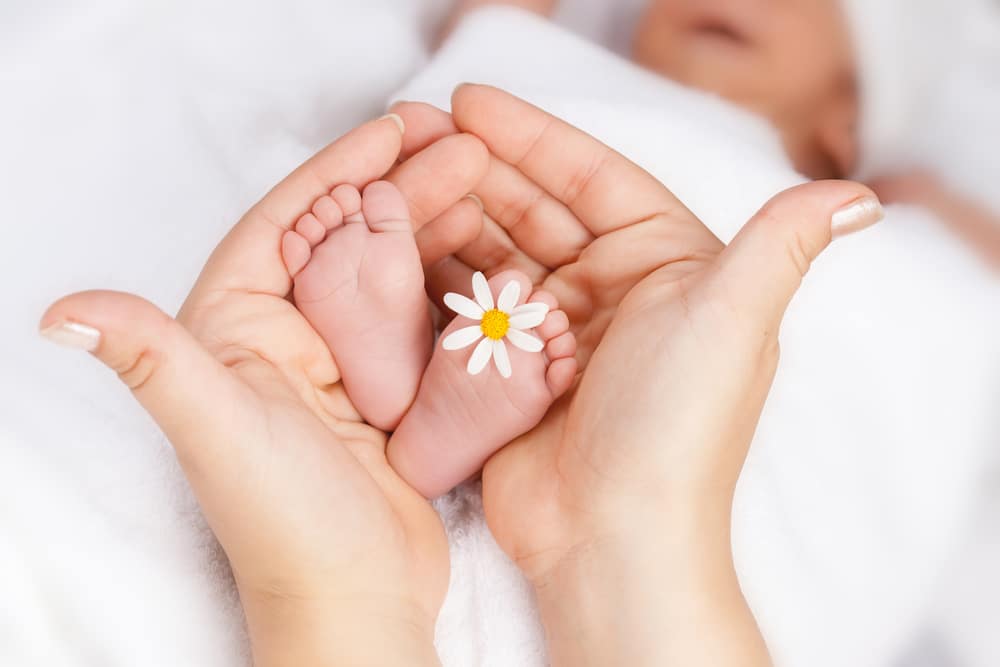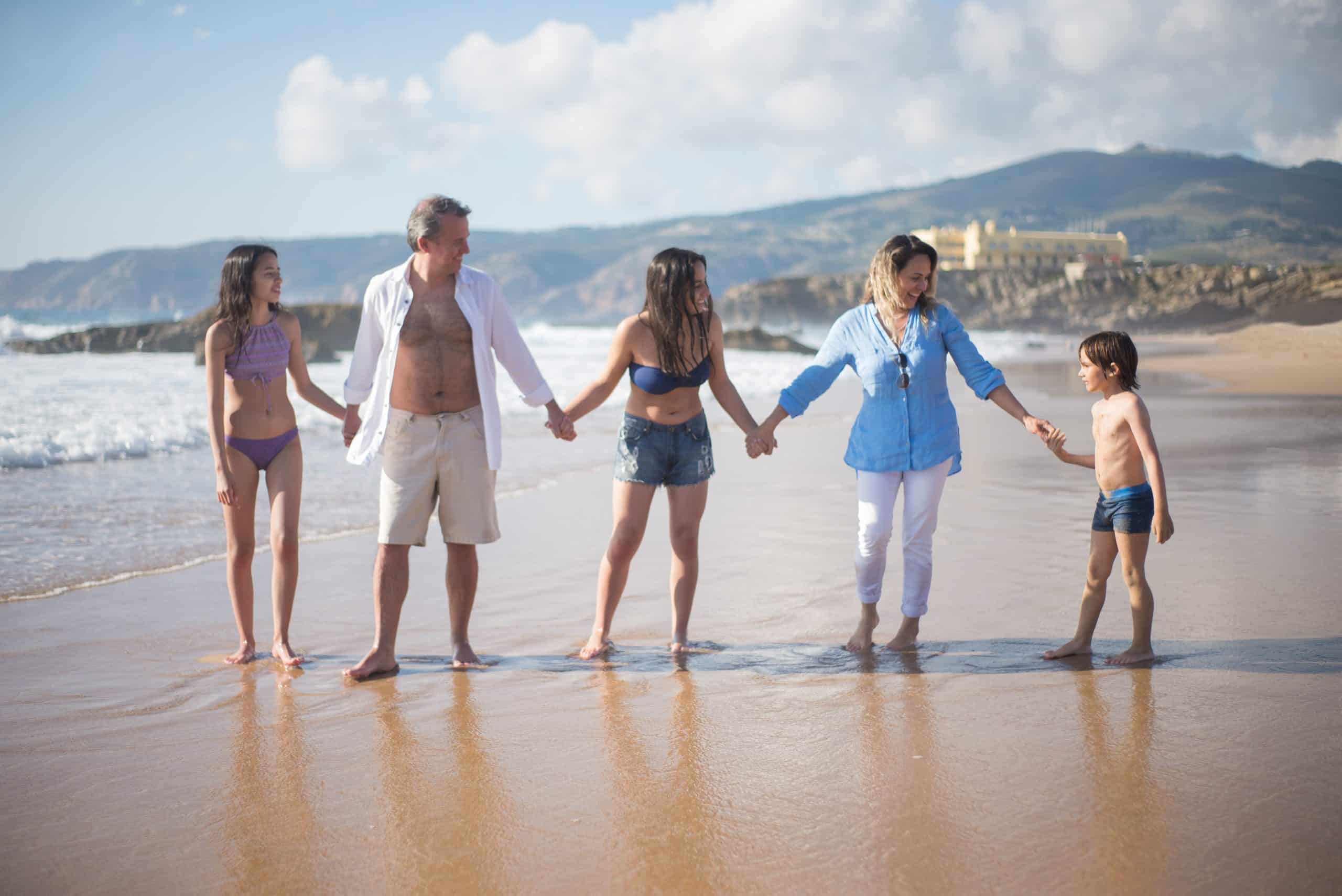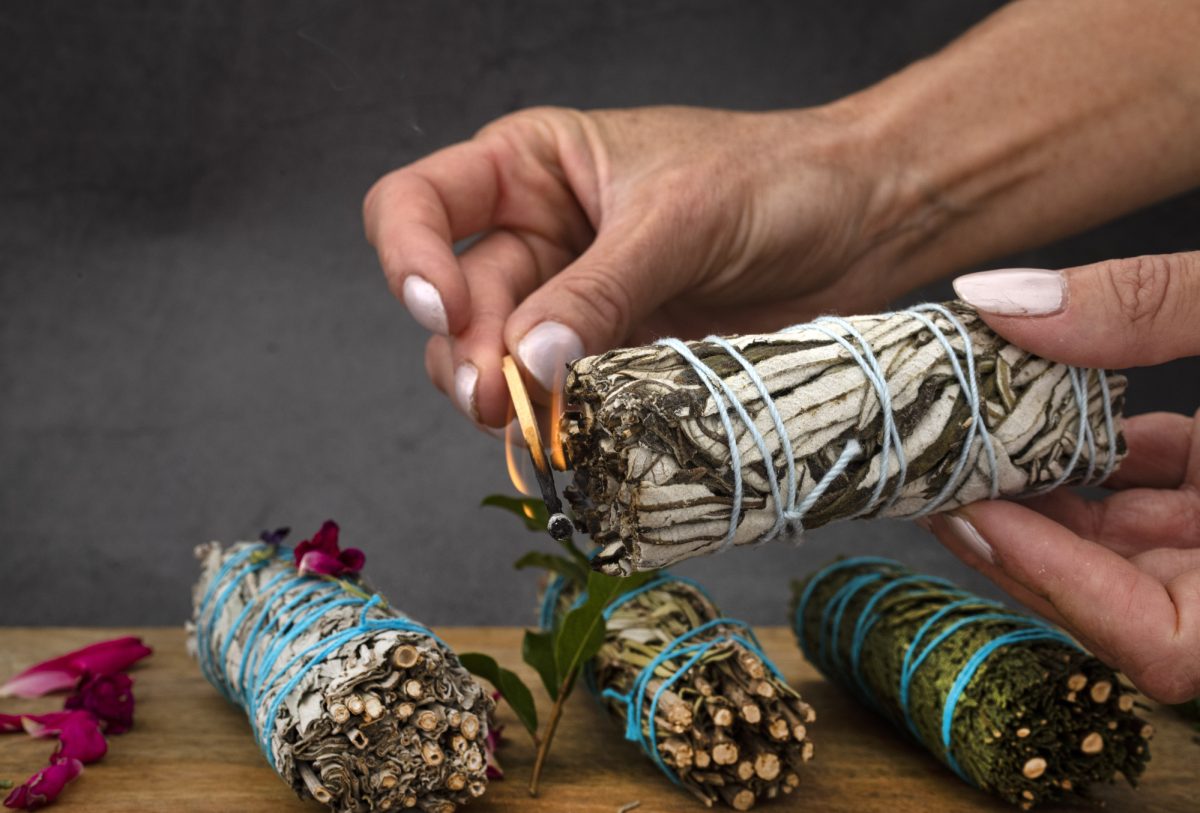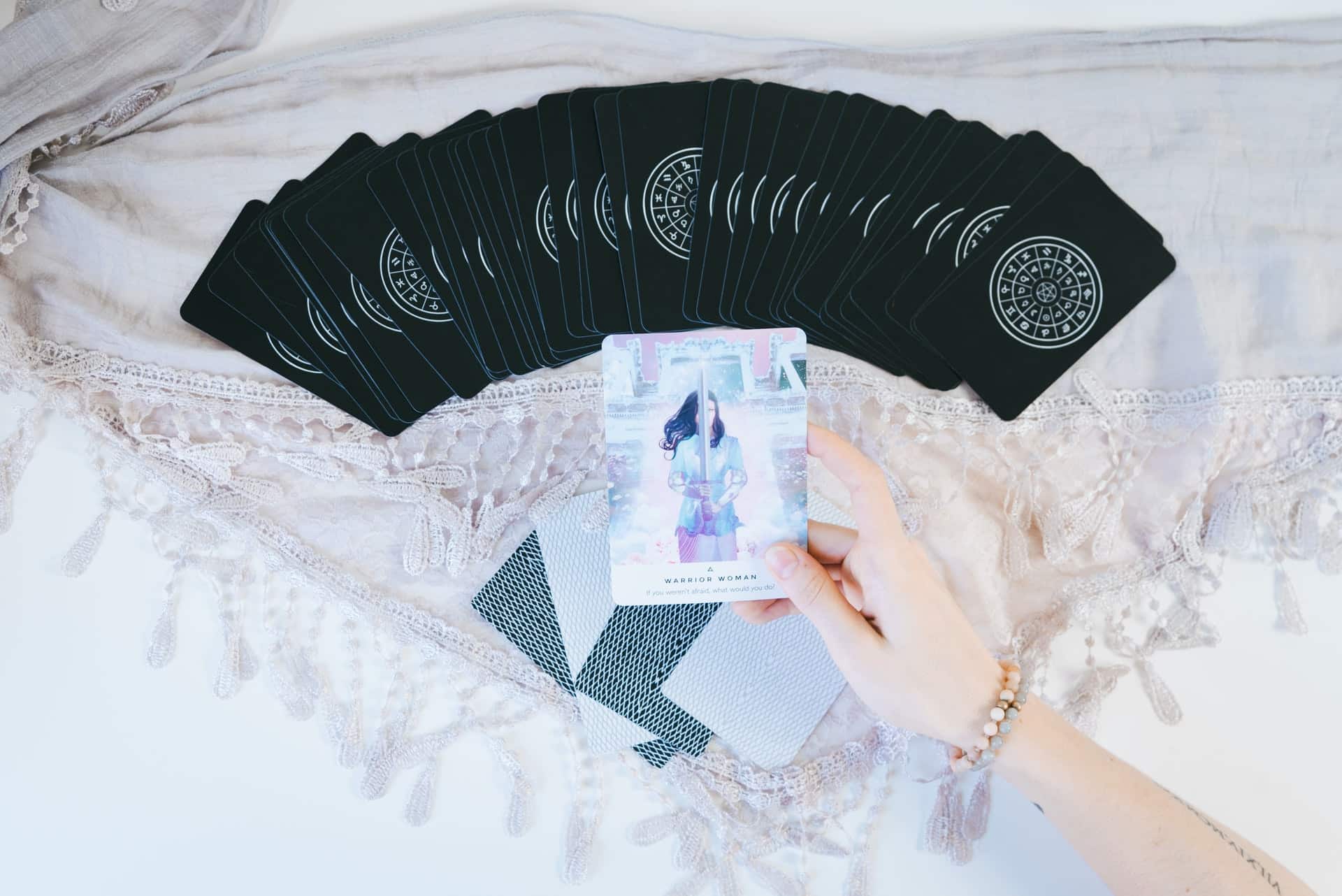Witchcraft in Pop Culture: How It Influences Perception
A hushed whisper of the supernatural, a glimpse into the occult, a dive into the otherworldly—witchcraft has been a captivating phenomenon for centuries. From ancient times when witches were revered as spiritual leaders and healers, to the dark ages where the mere mention of the word ‘witch’ evoked terror, witchcraft’s journey through history has been as riveting as it’s been tumultuous.
But in recent years, something curious has occurred.
The depiction of witchcraft in popular culture—television, films, books, and even social media—has shifted dramatically, painting a picture far removed from the broomstick-riding, black hat-wearing stereotype.
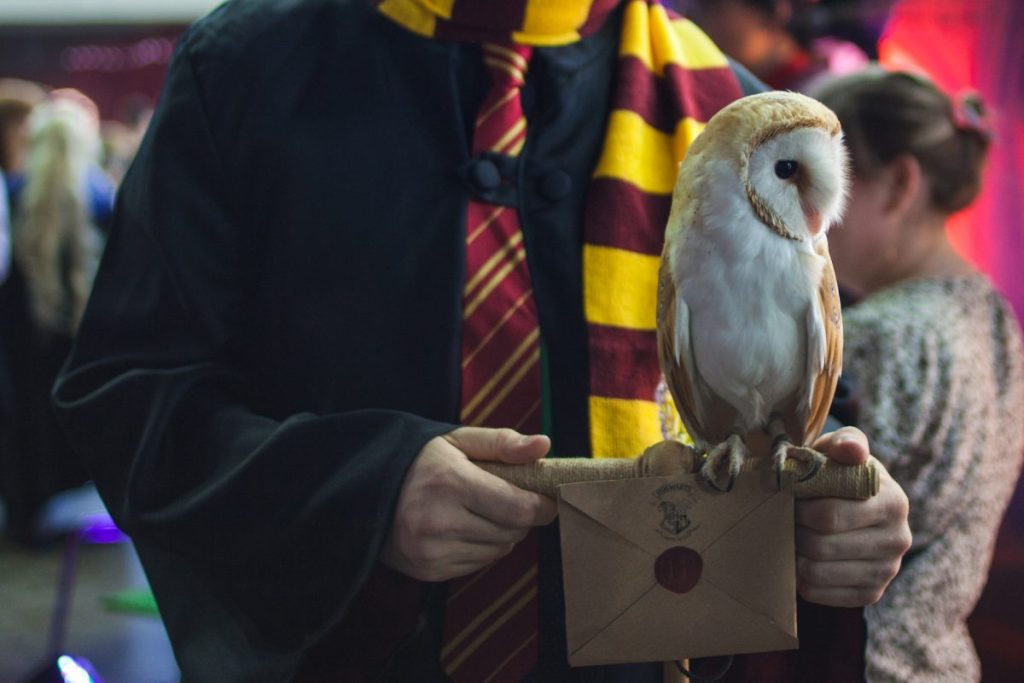
Today, witchcraft is celebrated as an empowering practice tied to modern spirituality, mindfulness, and personal freedom.
Table of Contents
A Brief History of Witchcraft
Witchcraft—its origins steeped in the mystical annals of human history—is a complex subject. In ancient societies, witches were often healers, sages, and spiritual leaders. They understood the rhythm of nature and used this knowledge to guide their communities.
From the indigenous shamans of America, the seidr practitioners of the Vikings, to the cunning folk of England, witchcraft was an intrinsic part of human civilization.
However, as the centuries rolled on, fear and misunderstanding began to cloud the public’s perception of witchcraft. The Middle Ages, in particular, were notorious for their witch hunts, with thousands of alleged witches tortured and executed.
This period culminated in the infamous Salem Witch Trials in the late 17th century, an event that still haunts the collective consciousness of humanity.
Witchcraft’s Transformation: From Fear to Fascination
Historically, witchcraft has always been a subject of intrigue, a clandestine practice often misunderstood and misrepresented. Its depiction in pop culture, from the 20th century onwards, has gone a long way in reshaping these perceptions. Witches, once seen as figures of dread and suspicion, are now symbols of empowerment and rebellion.
The modern witch is less about malevolent spells and more about an autonomous individual expressing their spirituality. This transformation in perception did not occur overnight—it has been an evolution, slow and steady, shaped by a combination of societal changes and pop culture influence.
From Bewitched to Sabrina: The Evolution of Witches in Media
One of the primary factors influencing the perception of witchcraft has been its portrayal in media. Let’s take a quick look at this evolution:
- “Bewitched” (1964-1972): This popular sitcom was one of the first shows to bring witchcraft into mainstream media. The protagonist, Samantha, was a witch who tries to live a normal life as a housewife. However, her witchcraft was largely downplayed and used as a comic element.
- “The Craft” (1996): A seminal film in the 90s, “The Craft” showcased four teenage girls exploring witchcraft as a means to assert their independence and deal with their personal issues. It was a darker, more serious portrayal than what audiences had seen until then.
- “Charmed” (1998-2006, 2018-Present): The original “Charmed” series told the story of three sisters who discover they’re powerful witches. This show brought witchcraft to the forefront, integrating it with themes of family and sisterhood.
- “Harry Potter” series (1997-2007): The global phenomenon that is Harry Potter cannot be ignored when discussing the portrayal of witches and wizards. The books and movies depicted magic and witchcraft as part of a parallel world, living and breathing just out of sight of the non-magical populace.
- “The Chilling Adventures of Sabrina” (2018-2020): This recent Netflix series presents a grittier, more nuanced representation of witchcraft, tying it to themes of pagan practices, satanic worship, and the struggle between good and evil.
The representation of witches in media has evolved from harmless, often comic figures to powerful individuals grappling with their identities and their gifts.
How Witchcraft Influences Modern Spirituality and Mindfulness
Pop culture’s take on witchcraft has done more than just entertain—it’s made a profound impact on modern spirituality and mindfulness practices. Witchcraft, with its emphasis on nature, the elements, and self-realization, resonates with a growing number of people looking for alternative paths to spiritual growth.
This shift is reflected in multiple ways, from the growth of interest in neo-pagan traditions like Wicca to the increasing popularity of practices like tarot reading and crystal healing.
Witchcraft and the Feminist Movement
Witchcraft’s resurgence cannot be discussed without acknowledging its strong ties to the feminist movement. Historically, witches have been associated with non-conformity, independence, and resistance—qualities that align closely with feminist values.
As such, the modern witch has become a symbol of feminist power, embodying self-sufficiency, liberation, and defiance against patriarchal norms. Popular TV shows, movies, and books featuring witches often echo these themes, underlining the witch as a feminist icon.
Witchcraft, Mindfulness, and Personal Empowerment
At its core, witchcraft is about self-empowerment. It encourages practitioners to harness their inner energy, tune into their intuition, and influence their surroundings.
This aspect of witchcraft resonates with modern mindfulness practices that emphasize self-awareness and present-moment focus. Both disciplines guide individuals on a journey of self-discovery, encouraging them to seek inner peace and balance.
The Influence of Witchcraft on Pop Culture: A Two-Way Street
The relationship between witchcraft and pop culture is symbiotic. Pop culture has played a role in reshaping the image of witchcraft, but the renewed interest in witchcraft has, in turn, influenced pop culture.
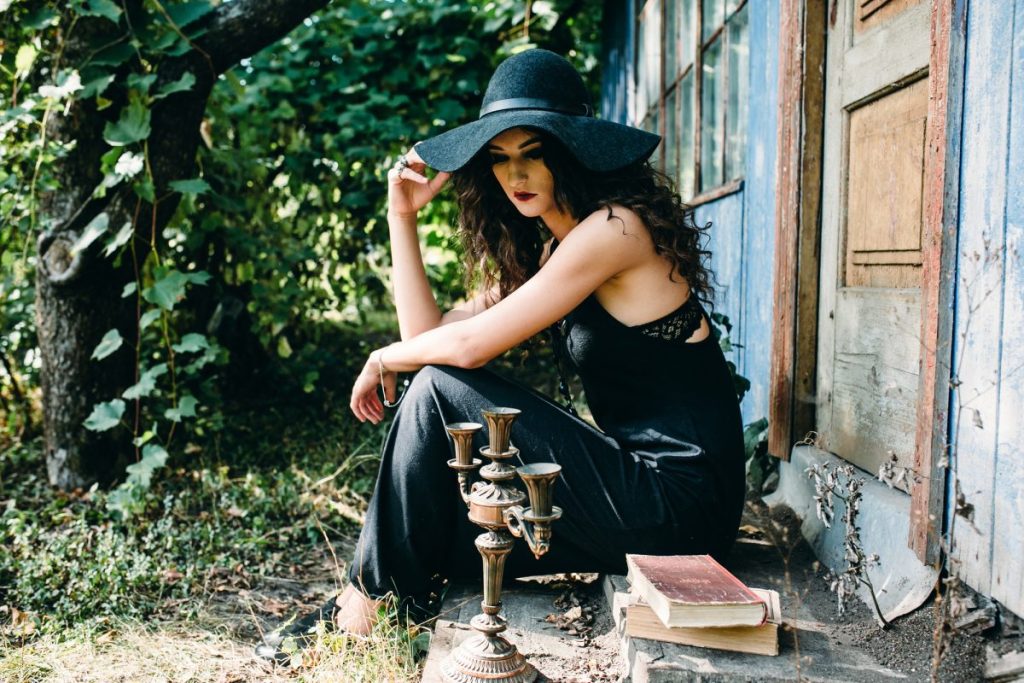
From the resurgence of witch-centric entertainment to the prevalence of witchcraft in social media and the commercial realm, it’s clear that this ancient practice has found a new life in the modern world.
Modern Witches in Pop Culture and Social Media
Witchcraft has found its way into nearly every corner of pop culture, and social media is no exception. Platforms like Instagram, TikTok, and Pinterest are rife with witchcraft content. Users can find anything from basic spell-casting tutorials to elaborate tarot spreads and moon ritual guides.
The modern witch, far from being a secluded, mysterious figure, is now a digital influencer and mentor, guiding followers through the spiritual landscape.
Witchcraft and the Commercial Realm
The commercial world has taken notice of the witchcraft trend as well. Boutique stores, online shops, and even mainstream retailers offer an array of witchcraft-related products. This can range from intricate tarot decks and crystal sets to spell kits, candles, witch-themed apparel, and more.
Even the beauty industry has joined in, with brands launching ‘witchy’ makeup lines and skincare products inspired by herbalism—a practice closely linked to traditional witchcraft.
The Modern Perception of Witchcraft
The face of witchcraft has changed dramatically over the centuries. Once feared and misunderstood, witchcraft is now a symbol of empowerment, rebellion, and a return to nature. It’s made its mark on everything from our entertainment to our spirituality, offering an alternative, empowering narrative that resonates with many.
As the world continues to grapple with issues of autonomy, spirituality, and identity, it seems witchcraft and its multifaceted influence on pop culture will continue to grow.
Frequently Asked Questions
While witches in history were both men and women, the image of the witch has become increasingly associated with women and female empowerment, particularly in recent decades. This shift has been influenced largely by pop culture and the feminist movement.
Early portrayals often depicted witches as villainous or comical figures. However, recent portrayals present witches as complex, empowered individuals who use their powers for personal growth and to navigate life’s challenges.
Social media platforms like Instagram and TikTok have become spaces for self-proclaimed witches to share their practices and beliefs. This has made witchcraft more accessible and mainstream, leading to a more nuanced understanding of the practice.
The reasons are many and varied. Some people are drawn to the spirituality and connection to nature that witchcraft offers. Others see it as a form of rebellion against mainstream religious institutions. The portrayal of witchcraft in pop culture has also played a significant role in its resurgence.

